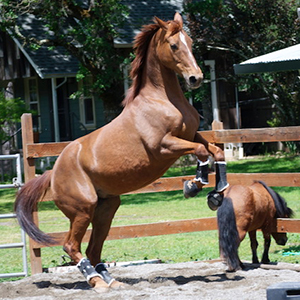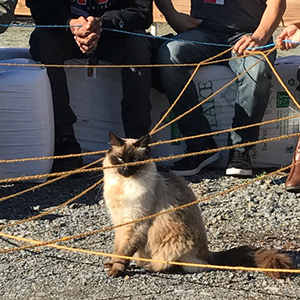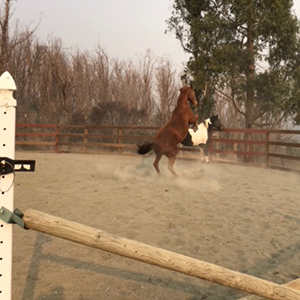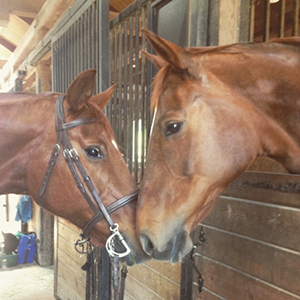Animal Assisted Interventions
Introduction
From time to time Transitioning Families receives questions about the rationale for Equine assisted interventions. For some people the questions are intended to challenge the evidence based data for incorporating equines into a therapeutic model. For others the questions stem from pure curiosity. In order to begin to address these questions we are introducing a special section of our website dedicated to not only equine assisted therapy, but to the field of animal assisted therapy. We hope to educate and entertain the reader and encourage more dialogue about the field.
As a starting point to the field of Equine assisted therapy it is important to acknowledge that in the past 20 years the field has manifested in the form of a variety of applications. At TF the use of equine assisted interventions is primarily integrated into the broader framework of our evidence based clinical work, whether it be with an individual, a family, or a group. At TF the emphasis is less on riding and more on the horses as part of the therapeutic team. Most of the work is done on the ground with exercises and activities designed to provoke the awareness and expression of emotions and insight through interactional activities with the horses. Some discussion of this is found under PROGRAMS, EXPERIENTIAL COMPONENTS on this website.
Observing and interacting with horses can support the abilities of individuals and families to learn self-regulation skills and to distinguish a real from a perceived threat. Johnson et. al 2009 identified that families who have experienced trauma or major stressful events may be hyperalert and may have a tendency to switch into a fight flight mode in a instant. Horses, being prey animals, are hyper-alert to their environment. Individuals and families can gain an understanding to their own physiological and emotional process by learning about and observing equine behavior. In fact it has been opined that our four legged team members help us understand the subtle art of communication, highlight the awareness of interpersonal boundaries, and give us insight about how we affect others with our posture, our demeanor, and how these contribute to emotional contagion. All of this is an important component to addressing family issues/trauma
(Judge and Deutsch, 2016, p.99).




